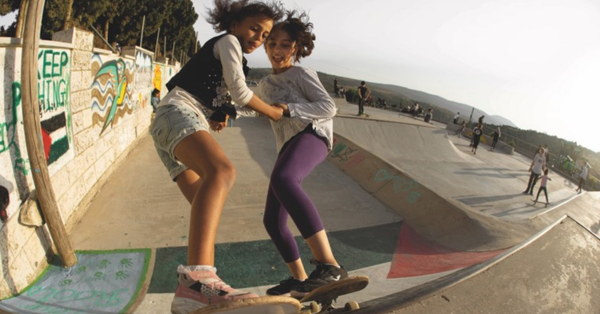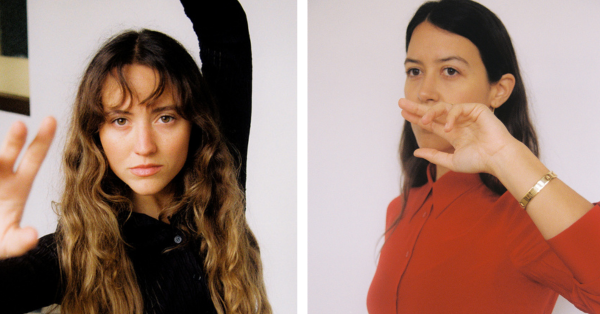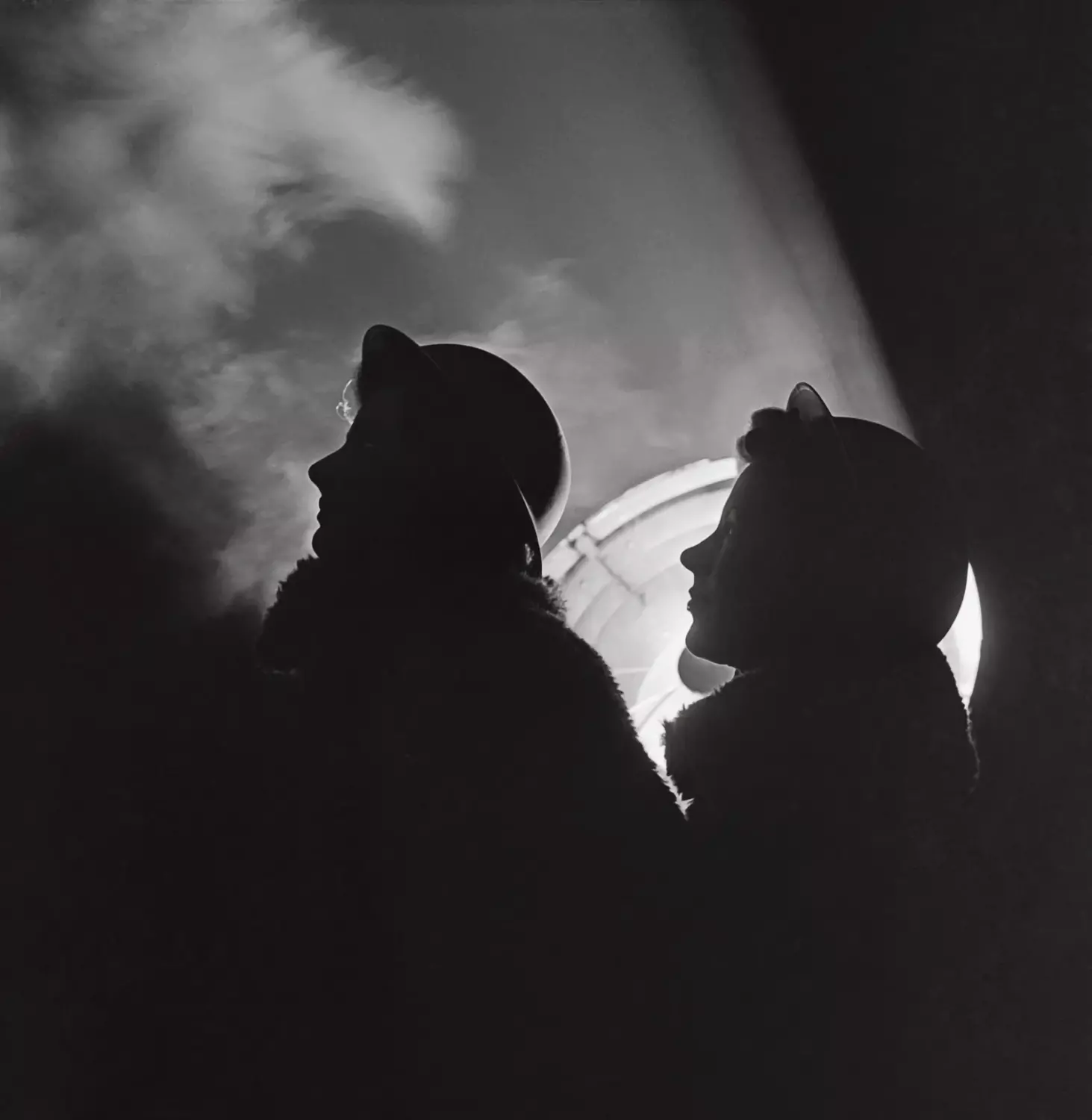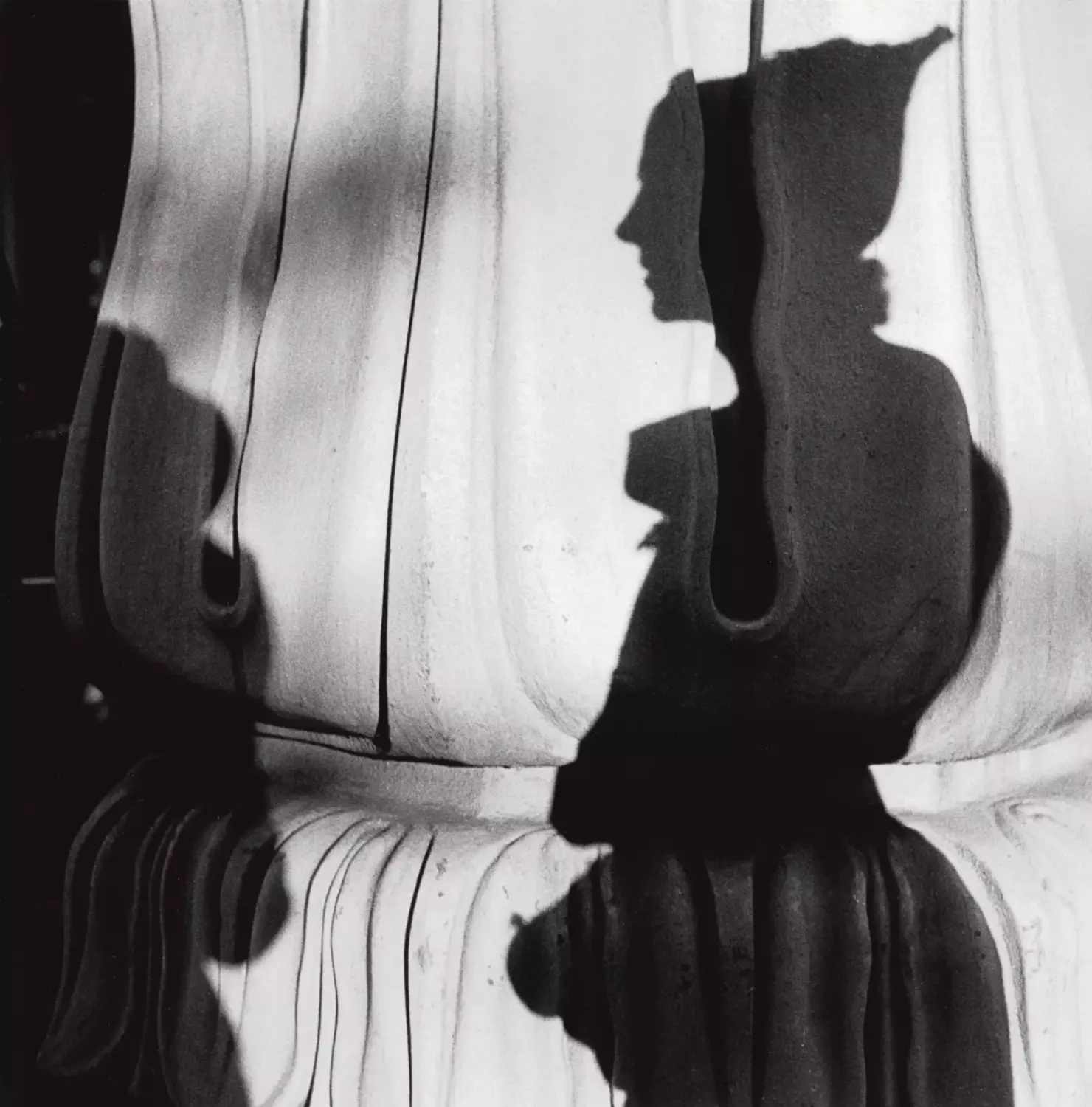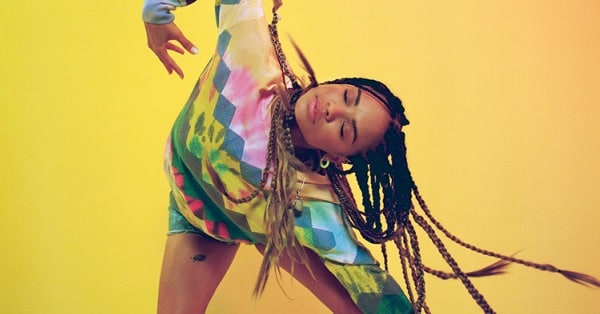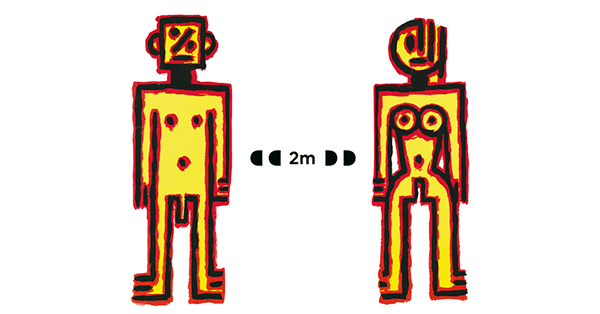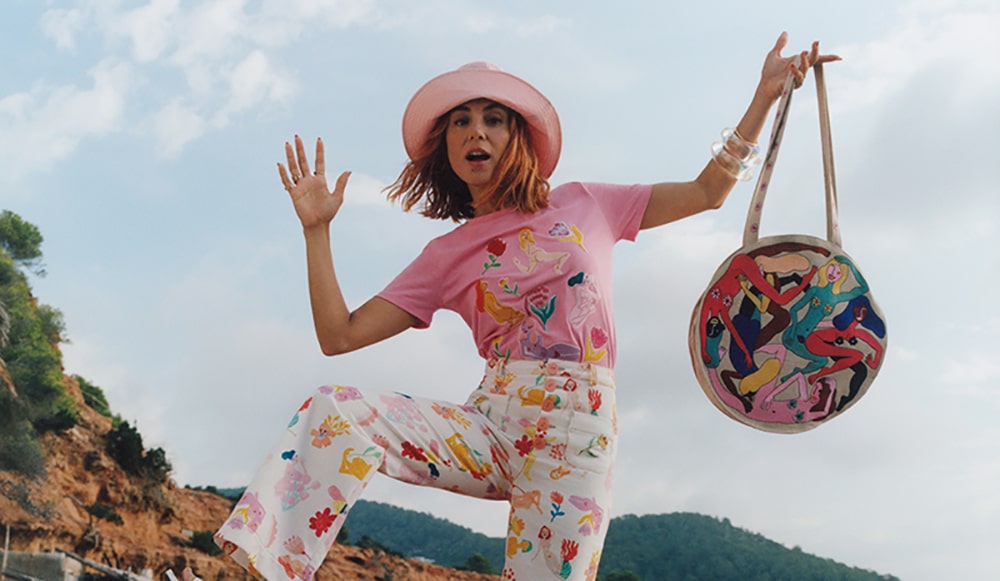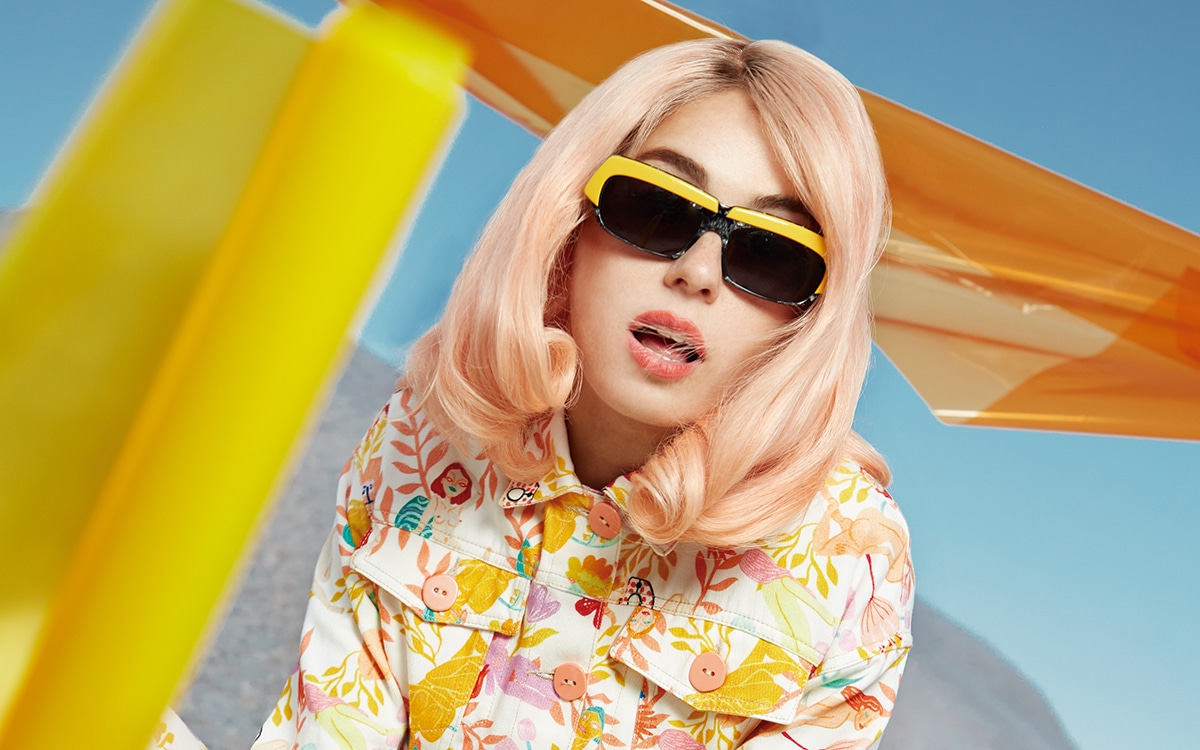From muse to photographers like Man Ray to WWII war photographer, she blended surrealism with photojournalism. In #VEINDIGITAL, we look at how she documented both beauty and brutality in her unforgettable work.

Lee Miller fotografiada por Man Ray
Lee Miller is one of the most fascinating and multifaceted figures in the history of photography. Her legacy transcends the boundaries of surrealism, fashion, and photojournalism, marking her as a pivotal figure in contemporary photography. While her life was filled with glamour and controversy, it was her journey from fashion model to war correspondent that cemented her place in history.
Miller gained recognition as a model in the late 1920s, working with top photographers like Edward Steichen and George Hoyningen-Huene for Vogue. However, her true passion was photography, and in 1929, she met Man Ray in Paris, becoming his muse and collaborator. Together, they developed innovative techniques, including solarization. After their partnership ended in 1932, Miller returned to New York, opening her own studio and creating surrealistic works, influenced by her time in Egypt.
In 1939, Miller moved to London and met surrealist Roland Penrose. With the outbreak of World War II, she became one of the few female war correspondents accredited by the U.S. Army in 1942. Her surrealist background allowed her to capture the war in a unique way, blending the bizarre with the tragic, setting her apart from traditional war photography.
Miller’s most striking wartime photographs include the bombings of London, the liberation of concentration camps, and the destruction caused by Nazi terror. Her most famous image shows her in Adolf Hitler’s Munich apartment bathtub, capturing the duality of her work: beauty and horror, fashion and devastation. This surreal moment represents the complexity of her life and career.
Her photos of the liberation of Dachau and Buchenwald serve as haunting testimonies to the Holocaust. Unlike many of her peers, she confronted the harsh realities of war, using her surrealist style to capture the disturbing truths of human suffering. After the war, she settled in Farley Farm with Penrose, focusing on family life, but the trauma of her experiences led to struggles with alcoholism and PTSD.
Lee Miller’s legacy is celebrated globally, with her work highlighting photography’s power to capture both beauty and harsh realities. From fashion model to war correspondent, her extraordinary life continues to inspire and challenge our understanding of art, history, and the camera’s impact.
The ‘Lee Miller’ exhibition at the Tate Modern will be open to the public starting from October 2025.
–

